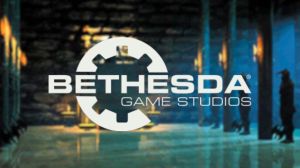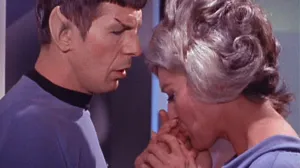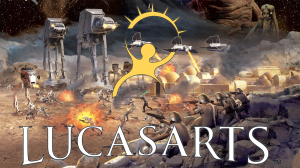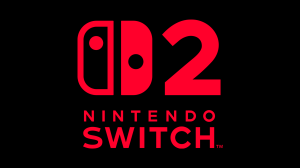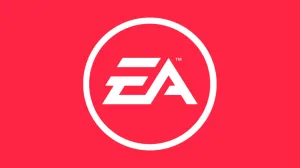With hit anime adaptations like Solo Leveling and Tower of God making waves lately, manhwa as a medium is stepping into the spotlight more prominently than ever before, and the question every reader’s mind is whether Korean manhwa or even webtoons, in general, could come to compete with Japanese manga. Japanese publishers like Shueisha have already recognized the medium as both a competitor and a new avenue for expansion. This can be seen with the recent establishment of JUMP TOON and the release of webtoon versions of popular manga like Haikyuu, Hell’s Paradise, and Blue Box, to name a few.
Videos by ComicBook.com
Having said that, the topic of which is objectively better or more popular is quite difficult to quantify. Both manga and manhwa have their own pros and cons and are largely just as niche compared to other mainstream forms of entertainment. Which is more enjoyable depends, for the most part, on personal preference, though there are innate differences between the two mediums that may help readers weigh which one they like better.
[RELATED: 2024’s Highest Selling Manga Revealed (And You Might Be Surprised At The List)]
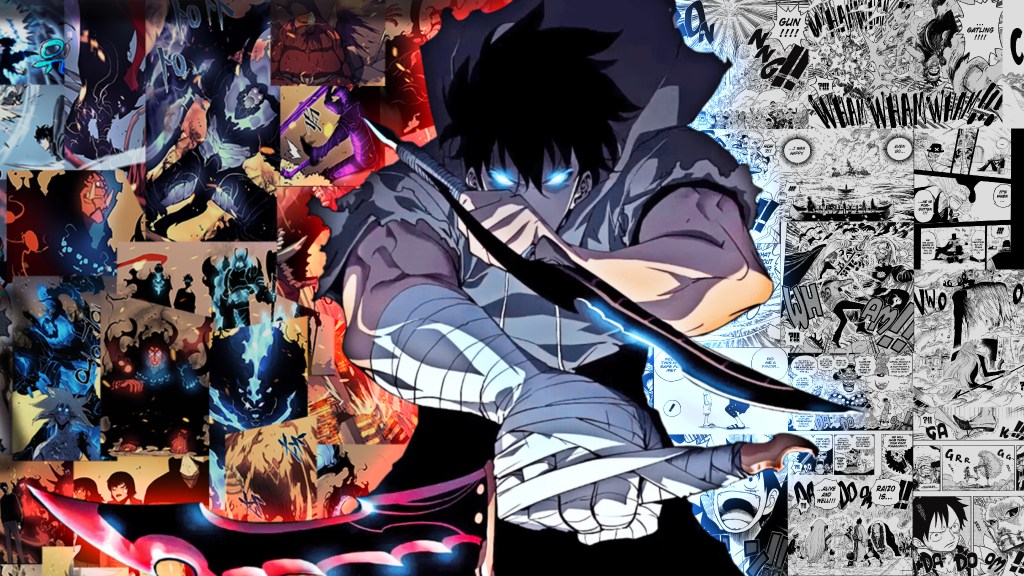
Manhwa or Manga: Which Came First?
It is a well-known fact that Japanese manga have been around for decades. The medium’s origins are most commonly traced to the post-World War II era, with lastingly popular works that still get adaptations today. Early achievements in manga are attributed to Osamu Tezuka’s Astro Boy and Kimba the White Lion, or even Machiko Hasegawa’s Sazae-san, which believe it or not, still has an ongoing anime. The rough concept of manga has been around for many centuries prior with illustrated scrolls existing as early as the Edo Period (1603-1868), though manga, as fans know and love it today, only properly took form after 1945.
Surprisingly enough, Korean manhwa have also been around for just as long, with the term properly entering the lexicon during the 1920s to refer to children’s cartoons, properly entering popularity a few decades later during the Korean War. That said, manhwa, as most readers know them today, are a fairly recent product of technology, with the team “webtoon” being coined in the early 2000s with the internet boom. Manhwa and webtoons have since become all but synonymous, though the latter is now commonly used to refer to vertical-scroll comics not originating from Korea.
What’s the Difference Between Manhwa and Manga?
Besides their country of origin, the main differentiating factor between manhwa and manga is mainly their structure and reading pattern. Manga, with its distinct paneling, is structured specifically to be read from right to left. Many older manga, like the early volumes of Dragon Ball, for example, even have tiny arrows at the top of each page indicating which direction the manga is to be read. Lastly, while a few manga like Dr. Stone are digitally drawn, most manga is drawn traditionally with paper and ink, which means manga is mostly in black and white, sometimes with red accents, at best. Popular series like One Piece are sometimes digitally colored and re-released though this is not usually the norm with manga.
Meanwhile, manhwa and webtoons are entirely produced digitally and are as a rule, in full color, with only a handful being in black and white as an artistic choice. Manhwa are structured for digital scrolling and as such, are read vertically from top to bottom. This easy accessibility has earned manhwa and webtoons the popular nickname “smartoon” in Japan.
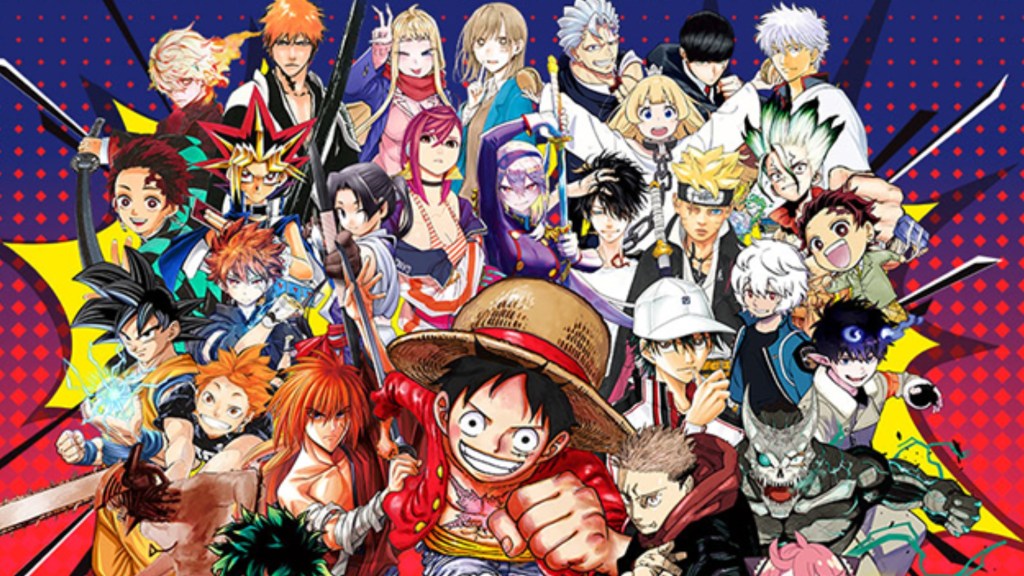
As for art style differences between the two, manga typically has more variability in terms of character design, art style, and even the story itself, with each mangaka adding their own unique flair. In the case of manhwa, however, art styles tend to bleed together within each genre, with few exceptions like Noblesse far and wide between. The action fantasy genre typically features characters with sharp chins, chunky hair, and pointy eyes, much like Solo Leveling with power fantasies and revenge stories being most common in terms of plot.
Meanwhile, romance and otome isekai genres usually fall somewhere on the spectrum between semi-hyper-realistic and anime-like in terms of their art. The art of fantasy romance and villainess manhwa especially tend to blend into one another with the same extravagant, hyper-feminine frilly character designs, love interest archetypes, and even the same tropes of either revenge or survival.
Manhwa Has a Slight Edge in the Digital Era
Artistic and storytelling conventions aside, manhwa does have one specific advantage over manga, which is its accessibility. Being made for digital reading means that manhwa series are inherently easier to consume and read on the go. Especially in the digital age the world is currently in, accessibility and convenience are the name of the game and that is the one department manhwa undoubtedly has manga beat. The success of manhwa and webtoon platforms only goes to prove this, with apps like Piccoma and Line Manga coming out on top for rankings year after year. Even in the US, platforms like Tapas, Webtoon, and Tappytoon remain the top-grossing comic apps.
The fact of the matter of that manga is still inherently built for print and does not translate as well digitally, particularly on mobile devices, where larger panels are split between pages and not optimal to read even with horizontal scroll settings. Shueisha has two manga apps for readers to choose from, namely Manga Plus and Shonen Jump Plus. For English-language readers, there are also Viz’s localized Viz Manga and Shonen Jump apps may work well, but the user interface leaves much to be desired, as is especially the case with Kodansha’s K-Manga app. Despite the plethora of translations available on these platforms, regional availability is also quite limited.

That said, an even bigger issue that is rarely ever brought up is that many manga are not available to read digitally at all, with the option being to purchase a physical volume. Kentaro Miura’s Berserk is a famous example of this poor digital availability when it comes to manga, though two genres that suffer even more as a whole are shojo and josei manga. Other than the few shojo and josei titles published by Kodansha that are up on K-Manga, many of the most popular shojo and josei titles, despite their worldwide popularity are unavailable to read online legally due to Hakusensha simply not having an international online reading platform.
As such, manhwa, both for shojo, shonen, seinen, and josei audiences remains the most accessible form of entertainment. The only area in which manhwa could use improvement is in terms of localization speed. Delays in localization mean that original Korean series are often tens to hundreds of chapters ahead of the official translation, which causes fans to turn to fan translations due to binge-reading culture within the medium. Manga publishers, particularly Shueisha’s Weekly Shonen Jump magazine have an almost seamless simultaneous release system in place. While the simulpub system does have cons of its own, particularly in terms of feeding manga leaks and spoilers, that’s a discussion for another day. Localization is currently the only thing holding manhwa back though hopefully, the coming years could see this change as the medium continues to grow in global popularity.
Nonetheless, there’s no simple answer to which is more enjoyable as both manga and manhwa have their own unique appeal. The only way to truly know for sure whether you like manhwa or manga better is to simply try them both and read everything each medium has to offer. And if you still can’t come to a decision, there’s always the underrated Chinese manhua to further widen the pool!


